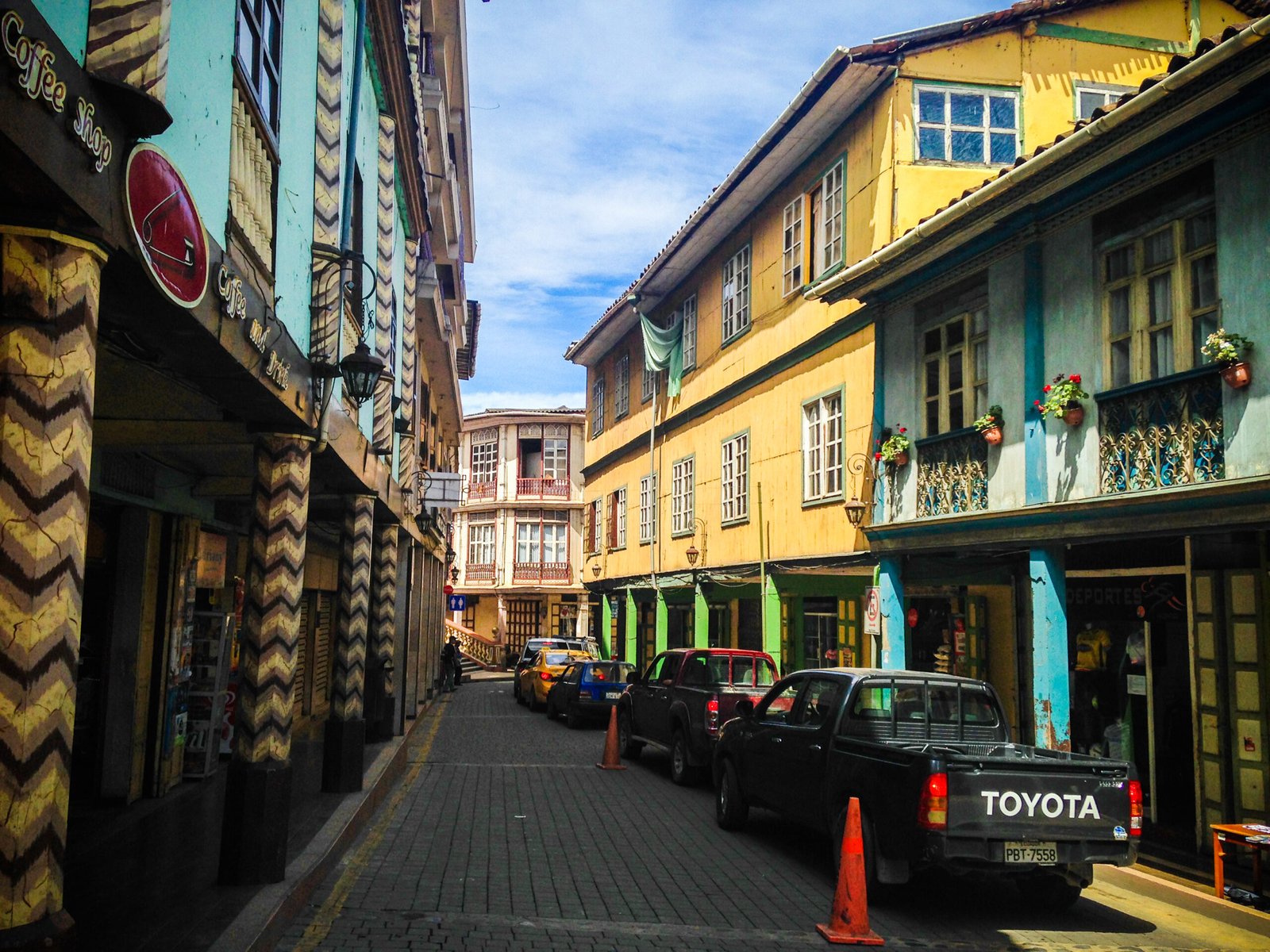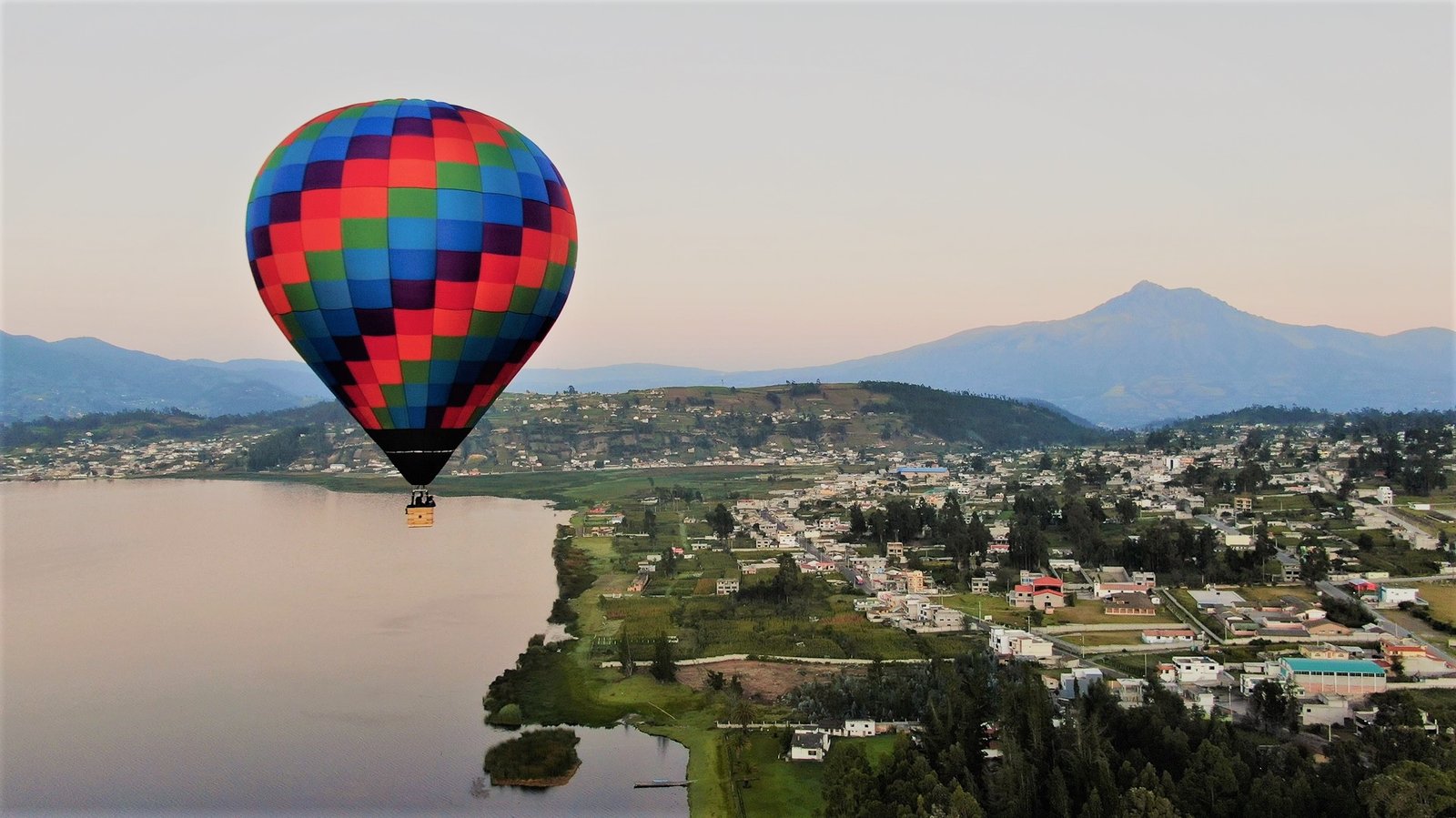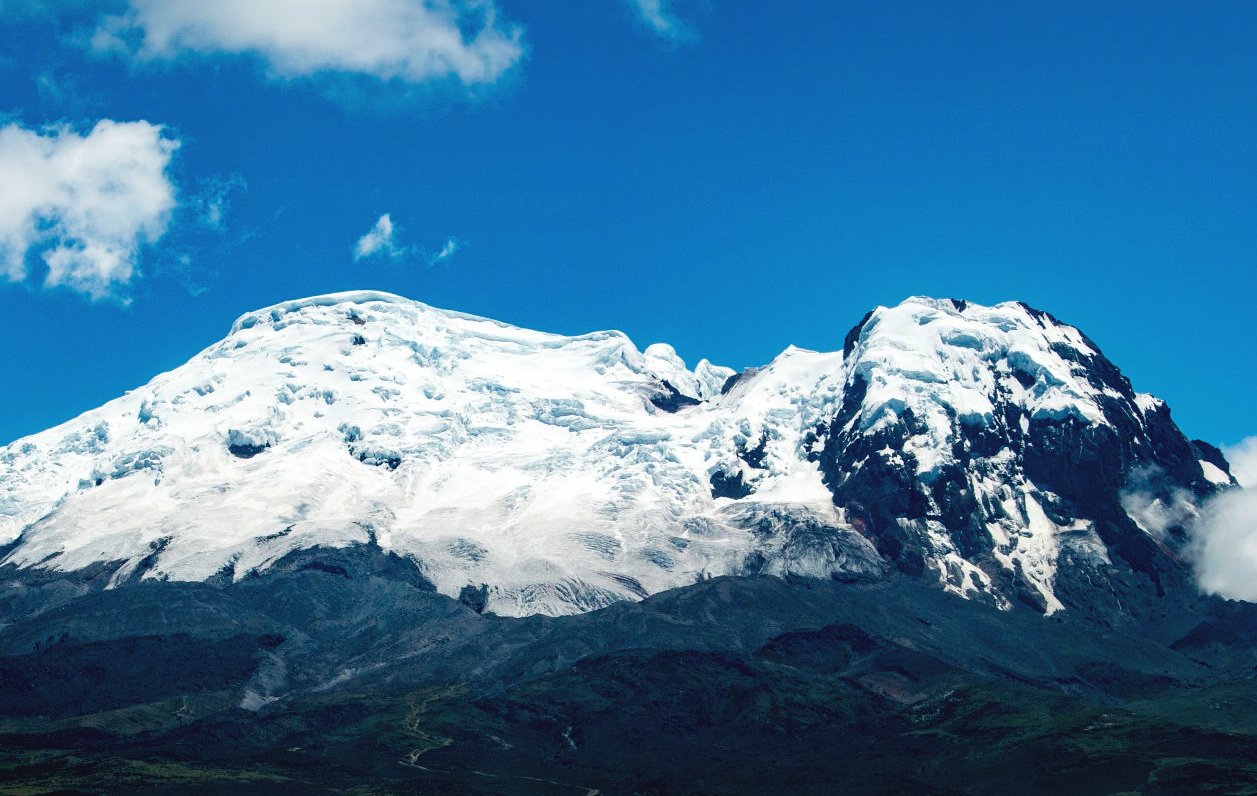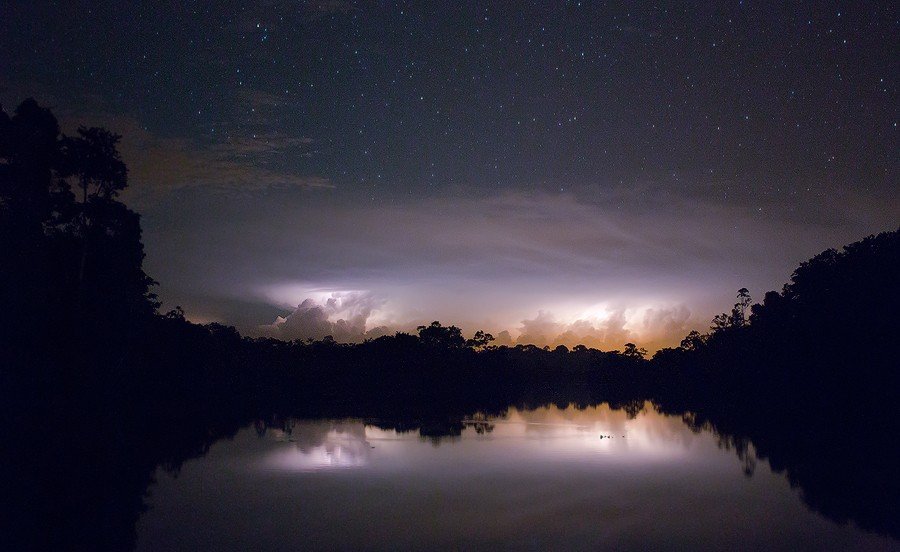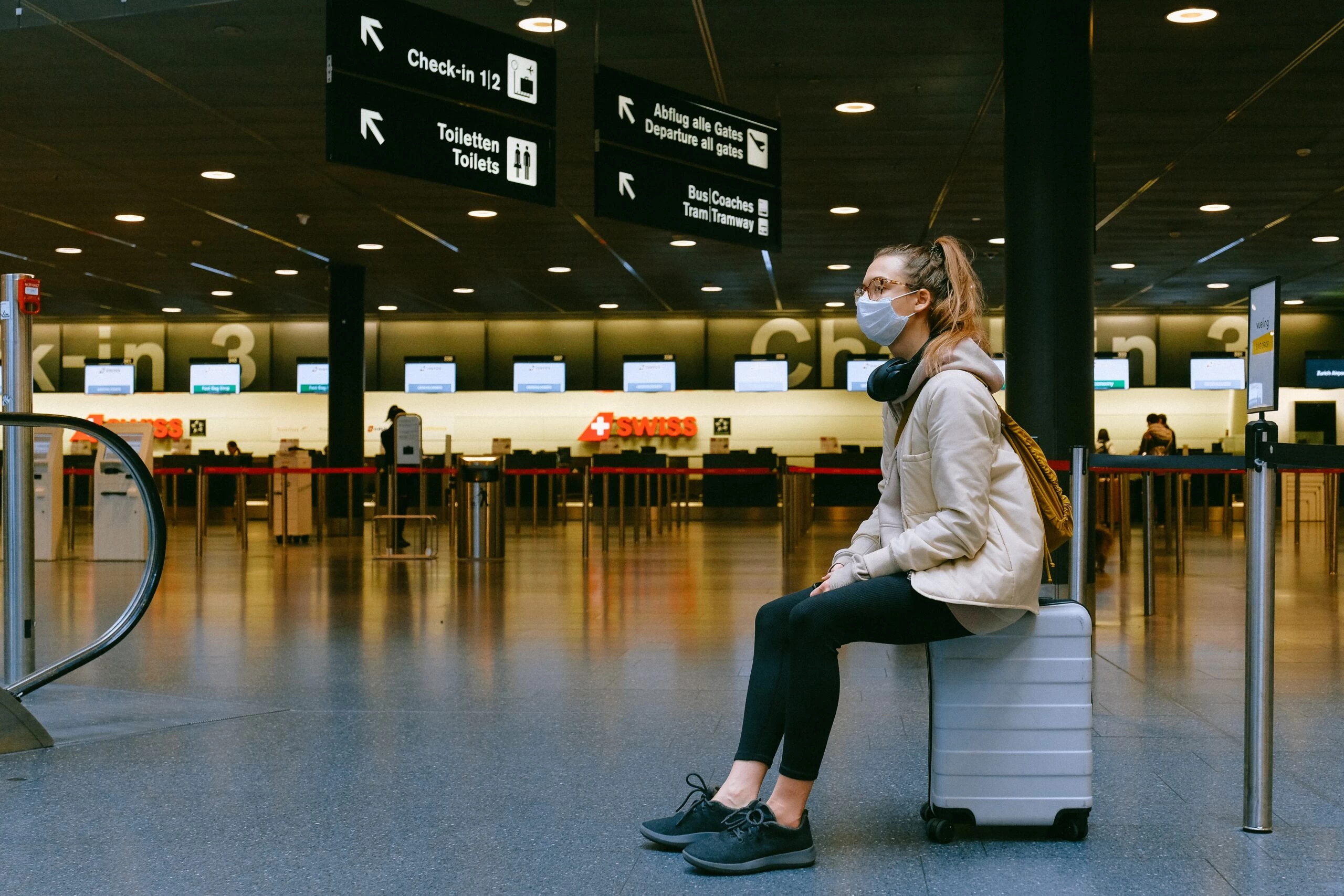Barrio Las Peñas is Guayaquil's first residential neighbourhood and the heart of the city we know today.
Words: Patricio Añazco / Photos: Jairo Cabrera.
The traditional Las Peñas neighbourhood was declared a Historic-Artistic Site of the city on 24 July 1973. In addition, on 23 July 1982, Barrio Las Peñas was declared part of the Ecuadorian Architectural Heritage for its historical value. It is located on the site where the city of Guayaquil was founded, and its architecture still preserves details from the early twentieth century. It is currently one of the most visited and photographed sites in Guayaquil.
A view of the traditional Barrio Las Peñas.
Las Peñas neighbourhood location map.
Choose one of the activities you can do near Torre Morísca.
Remarkable people from Barrio Las Peñas.
Las Peñas Neighbourhood, Guayaquil 1905 – 1910.
Barrio Las Peñas is Guayaquil’s first residential area and the heart of the city as we know it today. Its wooden houses preserve valuable stories from its foundation, through the colonial period, to the current republican phase, when presidents and other important figures in the history of the city and the country came from this place. Eleven former Presidents of the Republic lived here, including Francisco Robles, José Luis Tamayo, Carlos Julio Arosemena Tola, Alfredo Baquerizo Moreno, Eloy Alfaro and Carlos Alberto Arroyo del Río.
According to the local archives, the Argentine revolutionary Ernesto ‘Che’ Guevara stayed in one of the houses for 43 days in 1953. The painter Manuel Rendón Seminario and the writers Juan Montalvo, Numa Pompilio Llona and Enrique Gilbert also lived in the neighbourhood. The Nobel Prize winners Pablo Neruda, Gabriela Mistral and Ernest Hemingway, the pedagogue Rita Lecumberri and the musician Antonio Neumane, creator of the national anthem, also visited the town.
Barrio Las Peñas and Malecón 2000 are located right on the Guayas River, so they can be seen from several points in Guayaquil, as well as from Santay Island or the city of Durán, which is off the coast of Guayaquil.
Unfortunately, the Las Peñas neighbourhood was completely destroyed in the great fire of 1896. After this event, it was rebuilt in a neoclassical style, which can be seen by walking along Numa Pompillo Llona Street, which ends in Puerto Santa Ana.
Las Peñas Neighbourhood, Guayaquil 1905 – 1920.
Guided tour through Barrio Las Peñas.
Numa Pompillo Llona street.
The traditional Las Peñas neighbourhood at night.
The traditional Barrio Las Peñas can be visited in two ways. One is the street Numa Pompillo Llona. This street is a space rescued from the old Guayaquil that allows you to travel back in time and return to the present. This street is one of the city’s landmarks and one of the most photographed areas because of the architecture of the historic buildings. In this street the wooden houses have been preserved. One of them is 182 – 184, where the person after whom the street is named used to live.
In the early days it was the Spaniards who shaped this area and called it Las Peñas because of the large rocks there. The original inhabitants were fishermen and woodworkers. After the great fire of 1896, which completely destroyed the town, the Las Peñas neighbourhood was rebuilt. At the beginning of the 20th century, these buildings were occupied by people who gave them a commercial and tourist setting.
Diego Noboa Staircase.
The Diego Noboa Staircase is another way to visit this colourful 13.5-hectare hill. Consisting of 444 steps, the staircase is lined with bars, cafés and souvenir shops from the first step to the Naval Museum at the top.
Step by step, Santa Ana Hill.
Specifically, the tour starts at step number 1, located on Numa Pompilio Llona Street. At number 123 there is a rest area and a viewpoint from where you can see Guayaquil, the Guayas River, part of the Malecon 2000 and Santay Island. At number 384 is the El Fortin Museum, which houses replicas of elements used to defend the city against pirate attacks. From here to the top, the staircase connects the Plaza Mirador “El Fortin” with El Faro, the Chapel and the Plaza de Honores. The lighthouse at the top of Cerro Santa Ana is a replica of the first lighthouse in Ecuador, built in 1841 on Santa Clara Island off Punta de Piedra in the Gulf of Guayaquil.

